How a 'worthless' 100-line script salvaged a failing startup—and led to a $3.2 billion acquisition.
“If you're close to what the market wants, it will literally get ripped out of your hands.”
- Peter Reinhardt, CEO of Segment
Here’s what’s in store for today’s issue:
A bold pivot transformed a classroom feedback tool into a universal data router.
Discover how a side project, initially dismissed as trivial, became the company's core product.
Uncover the strategic decision to open-source analytics.js and its unexpected reception.
Trace the journey from near bankruptcy to serving over 20,000 companies, including IBM and Atlassian.
Gain insights into how solving internal problems can lead to breakthrough products.

Work Smart, Travel Smarter – The #1 Digital Nomad Newsletter

Join over 200,000 subscribers who get the best travel tips, remote work hacks, and unbeatable deals.
Whether you're picking your next destination or upgrading your gear, we've got you covered. Start traveling smarter today.

From Flop to $3.2B: How Segment Pivoted Twice and Struck Gold
The Real-Time App Nobody Used
In 2011, a group of MIT students launched a startup to fix a problem nobody really cared about.
Their idea? A classroom feedback tool that let students click a button if they were confused during lectures. They built it, demoed it to investors, and rolled it out in real classrooms.
No one used it.
Students ignored it. Professors didn’t push it. The app flopped so badly that some early investors asked for their money back — and got it.
With their runway shrinking and one failed product behind them, the team scrambled for a new direction. So they did what many desperate startups do: build for themselves.
Their next move was an analytics tool to help track user data on their own projects. But the market was saturated with bigger names, and Segment’s version couldn’t cut through the noise. After burning through 18 months and most of their funding, they had just $100,000 left.
One failed idea. One ignored product. And one final chance to not die.

⚽ Registas, Raumdeuters and Everyone Else

Not just for midfielders.
This football newsletter is for players, fans, and armchair tacticians who want to see the game differently. Each issue breaks down drills, pro-level clips, and smart tactics—one position at a time, 4x a week.
Whether you're a box-crashing No. 9, a slide-tackling centre-back, or a keeper with quick feet, this one's built for you.

The “Worst Idea I’ve Ever Heard” — And the Pivot That Worked
Deep in the rubble of their failed analytics product was a tool they had built for convenience: a small JavaScript library called analytics.js.
It wasn’t meant for customers — just internal use. But it solved a real pain: sending data to multiple analytics platforms with one snippet instead of juggling a dozen SDKs.
Cofounder Ian Taylor suggested they open-source it. CEO Peter Reinhardt’s first reaction? “That’s the worst idea I’ve ever heard.”
But with no traction and little to lose, they did it anyway.
They uploaded the code to GitHub. Posted about it on Hacker News. And within hours, developers were flooding them with excitement.
Turns out, they weren’t the only ones sick of messy data pipelines.
That unexpected demand was the lightning bolt. The team realized they didn’t need to compete with analytics tools — they could connect them. So they built a hosted version of analytics.js and launched it as a central customer data hub.
Now, instead of wrestling with 15 different integrations, companies could just plug into Segment — a universal “data router” that collected, cleaned, and delivered customer data anywhere it needed to go.
This was the insight: Don’t sell the data dashboard. Sell the plumbing.
By early 2013, Segment’s hosted product was live with integrations to Mixpanel, Google Analytics, Mailchimp, and more. It wasn’t flashy — but it worked. And businesses were willing to pay for “data that just works.”

Data Goldmine: From Open Source to $3.2 Billion
What started as a desperate bet became a rocket ship.
Segment grew fast. The product struck a chord with startups and enterprises alike. Developer goodwill from the open-source drop gave them organic traction, while the platform’s flexibility made it indispensable.
Within a few years, they had clients like IBM and Atlassian on board. By 2019, they were powering customer data for over 20,000 companies, from scrappy founders to Fortune 500 giants.
They raised nearly $300 million and hit a $1.5 billion valuation.
But the ultimate validation came in 2020 — when Twilio acquired Segment for $3.2 billion, cementing their place in SaaS history.
Segment’s journey is now a startup case study classic:
First idea? Dead on arrival.
Second? Too crowded.
Third? A side project they almost threw away — that became the backbone of a multi-billion-dollar exit.
It’s a reminder that real product-market fit often comes when you stop chasing trends… and start solving the gnarly, annoying problems that no one else wants to touch.
Sometimes, the best startup ideas are hiding in your GitHub repo.

🍫 Snackable Stats
Over 25,000 businesses – Segment powers customer data infrastructure for more than 25,000 companies worldwide, including major brands like IBM, Levi’s, and FOX, highlighting its broad industry adoption.
4.5 billion data events tracked daily – Segment tracks over 4.5 billion data events every day, capturing detailed user behavior across web and mobile platforms globally.
77% of marketing ROI – Segmented, targeted, and triggered campaigns-enabled by platforms like Segment-account for 77% of marketing ROI, underscoring the value of precise customer data.
33% higher customer lifetime value – Email segmentation, which Segment facilitates, can boost customer lifetime value by 33%, demonstrating the long-term impact of personalized engagement.
50% reduction in data engineering time – Customers report that using Segment reduces their data engineering time by up to 50%, allowing teams to focus more on insights and less on data wrangling.

🍭 More Sweet Reads
Here are the 24 US AI startups that have raised $100M or more in 2025
Skip the pitch decks—this roundup shows exactly where nine-figure checks are landing in AI right now.
Why building bigger from the start is the smarter bet
This manifesto flips MVP wisdom on its head, arguing that “compound startups” win by shipping an ecosystem on day one.
20 things biz leaders wish they had done differently from the start
Seasoned founders reveal their biggest do-overs—road-tested shortcuts you can crib before the next sprint.
'You Need Support:' Honest Advice for a Founder Trying to Do It All Alone
A live “founder therapy” session exposes the hidden cost of solo-founder hustle—and the four ‘people pillars’ that prevent burnout.
Jennifer Garner's baby food company confidentially files for an IPO, sources say
Once Upon a Farm is aiming for a billion-dollar Wall St. debut—proving organic pouches can scale far beyond farmers-market hype.


Sponsored
PowerPair
Join thousands of busy parents improving their family life 5% each week through simple systems & scripts focused on marriage, parenting, and mental health. Free, 5-min read every Thursday.

Sponsored
Carbon Finance
The #1 visual investing newsletter. Read by 40,000+ investors.

Interested in reaching our audience? You can sponsor our newsletter here.
